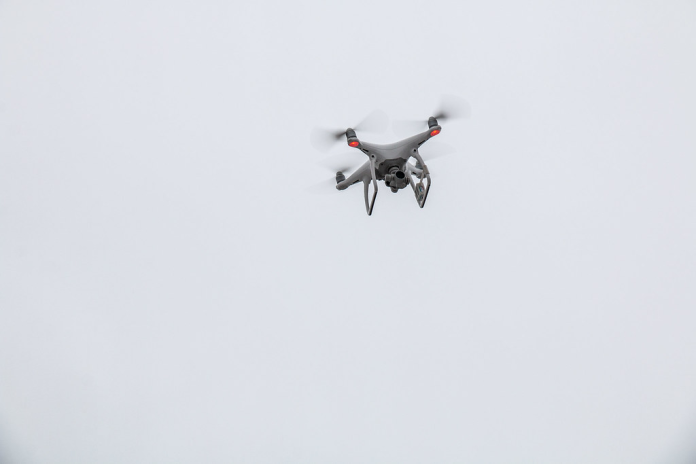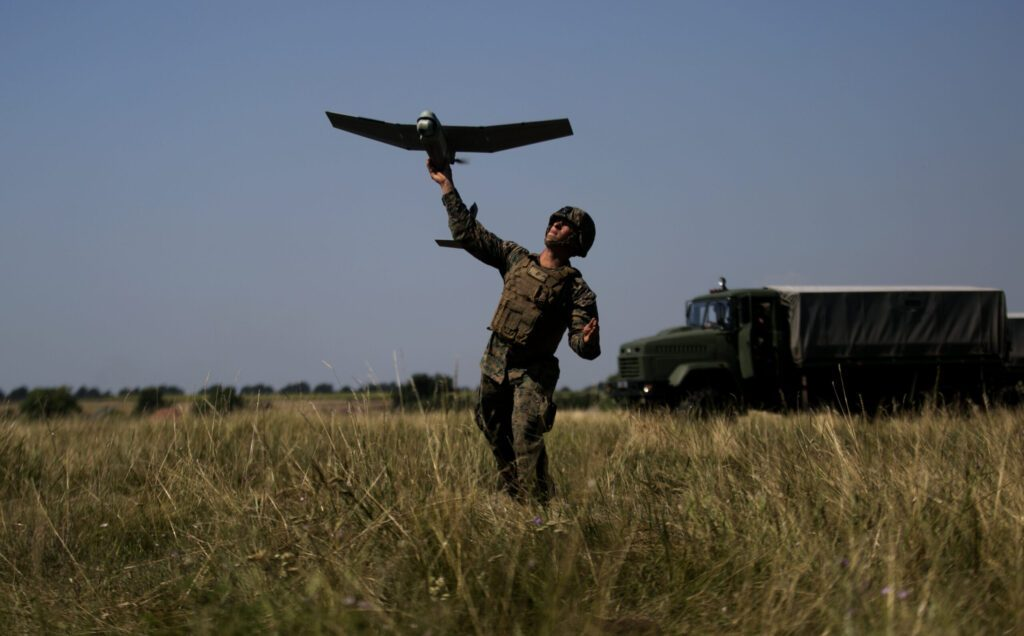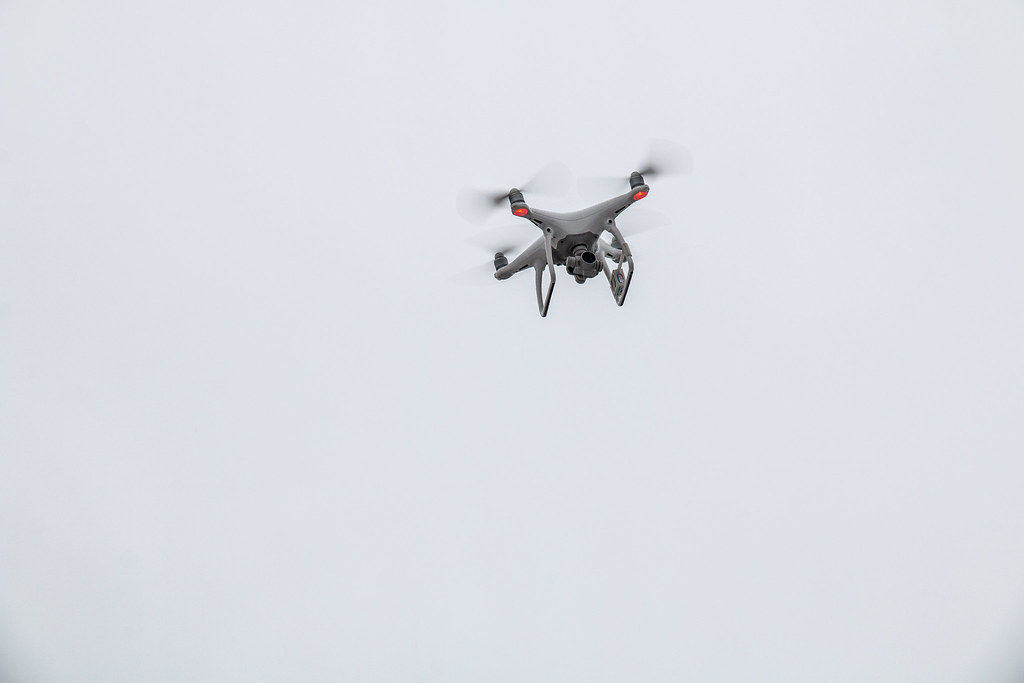
Can one drone strike alter the course of a war? On a tense evening in Ukraine, a Russian TOS-1A ‘Solntsepyok’ heavy flamethrower system one of the most feared tools on the contemporary battlefield was detected and taken out by Ukrainian drone operators. The action, caught on dramatic video, is more than the destruction of an expensive investment; it represents a watershed moment in the developing duel between advanced munitions and unmanned aerial systems.
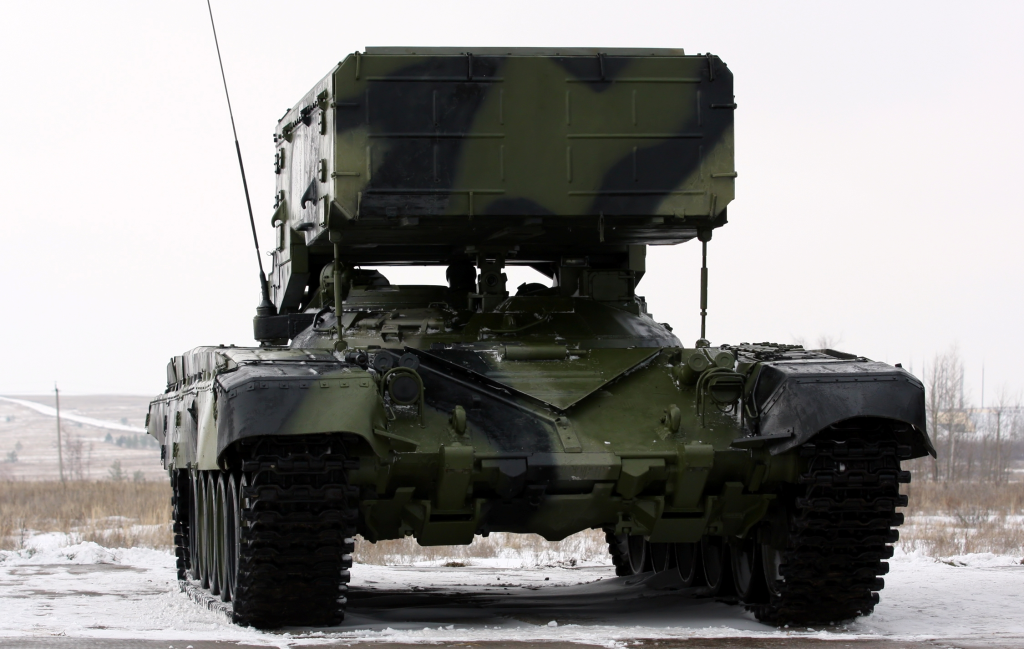
The destruction of the TOS-1A is not a one-off. It’s the next installment in a high-stakes competition where innovation, agility, and psychology are as determinative as firepower. For defense technology buffs and military experts, the tale of this attack provides a glimpse into the future of war, where drones, information, and dogma intersect. What follows is an in-depth exploration of the battlefield realities, technical wonders, and strategic fallout of this engagement.
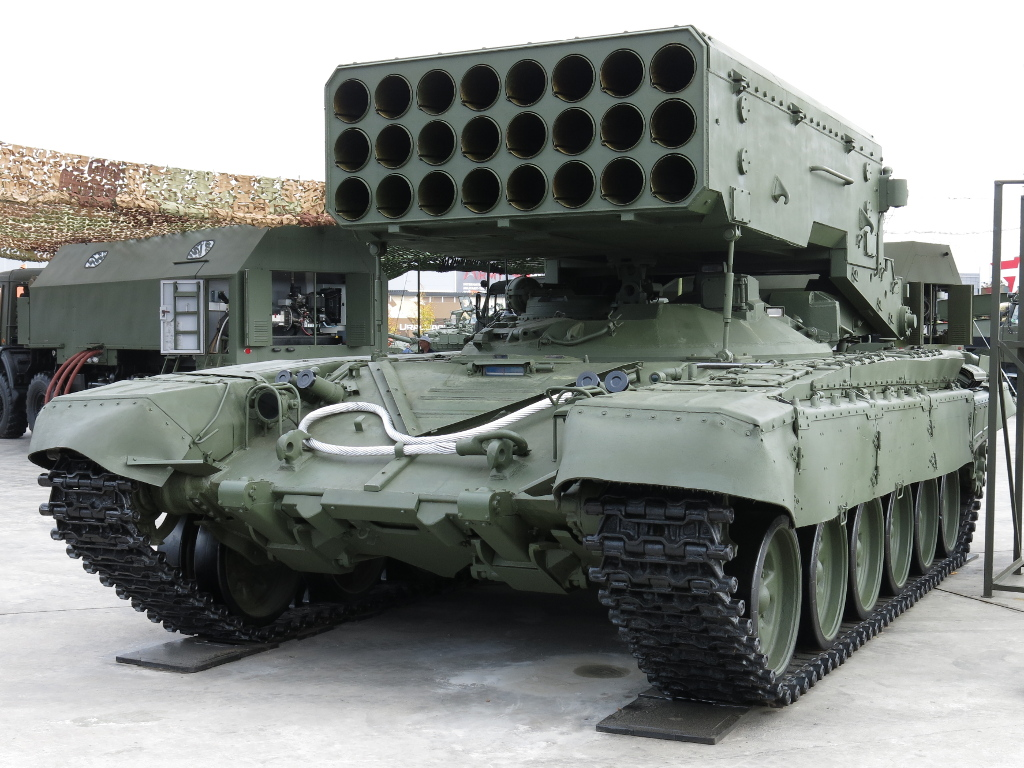
1. The TOS-1A ‘Solntsepyok’: Russia’s Thermobaric Launcher of Desolation
The TOS-1A ‘Solntsepyok’ is unique to Russia’s inventory, not as an old-fashioned flamethrower but as a truck-mounted launcher of thermobaric rockets. It is capable of firing 24 rockets in less than 15 seconds, blanketing as much as 40,000 square meters with fire and overpressure. Its rounds, which Army Recognition describes as “able to generate intense heat and deplete oxygen, quite literally, annihilating targets in its range,” are particularly deadly against dug-in soldiers and fortifications.
The psychological effect of the weapon is significant. Its deployment has been termed “as much for their psychological effect as for their destructive power”. However, the TOS-1A’s limited range is now 10 kilometers following upgrades brings it perilously close to the front, making it vulnerable to counterattack.
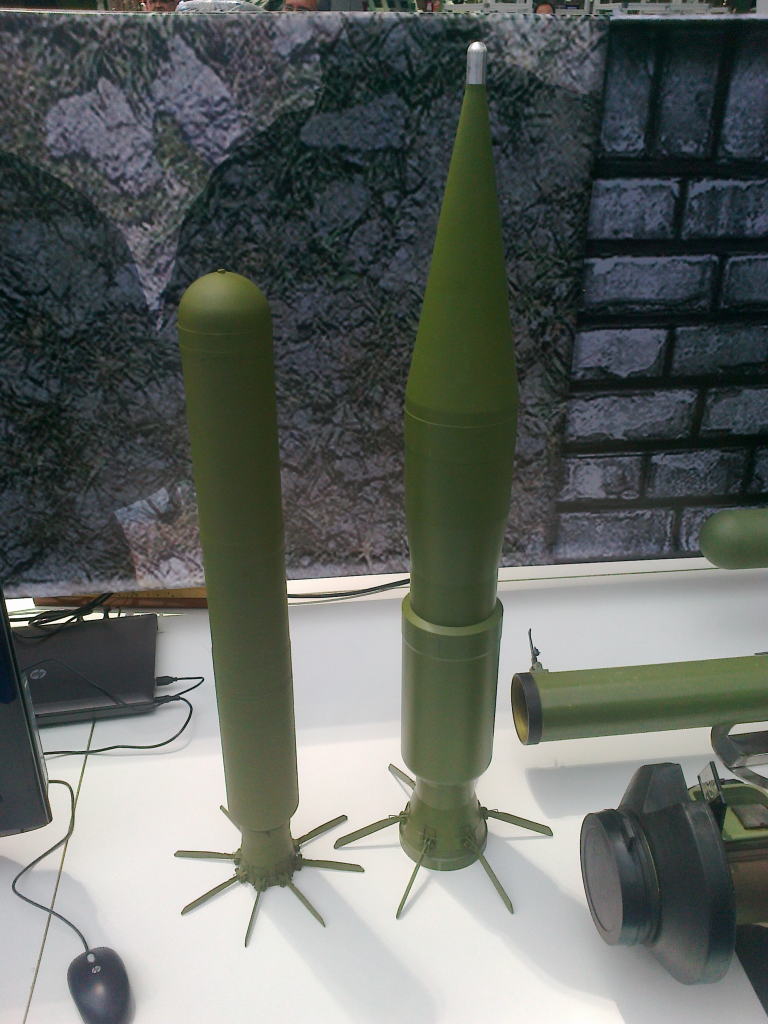
2. How Thermobaric Weapons Work and Why They Terrify
Thermobaric, or vacuum, weapons have a two-stage operation: initially, a cloud of fuel is spread across the target site; subsequently, a second charge sets fire to it, producing an enormous fireball and a shockwave that destroys all available oxygen. The outcome is a blast which “destroys buildings, tears apart organs, and eliminates much cover including underground bunkers,” as Major Matt Montazzoli of the U.S. Army describes.
The impact is catastrophic: victims can be asphyxiated, burned internally, and even vaporized from temperatures of up to 3,000 degrees Celsius. The weapons are legal under international law when employed against military targets but, with their high-area impact and background of civilian destruction, have caused ethical and legal controversies across the globe.
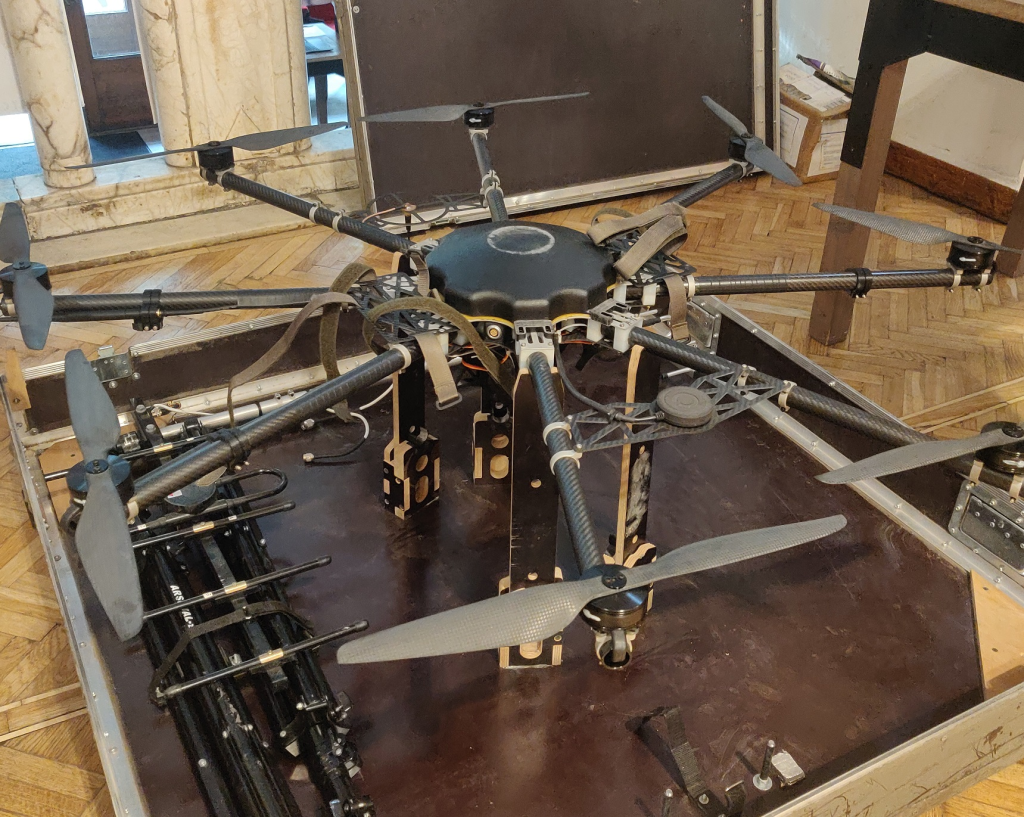
3. Ukrainian Drone Tactics: The Emergence of the ‘Drone Wall’
Ukraine has answered Russia’s firepower with a layered defense in the form of unmanned aerial vehicles a strategy now referred to as the “drone wall.” Drones are used for surveillance as well as precision attacks, rendering it “extremely difficult for enemy forces to concentrate and launch large-scale offensive operations”.
This doctrine, forged out of desperation amid artillery shortages, has been remarkably useful. During 2024 alone, British analysts put Russian losses at 1,400 tanks and more than 3,700 armored vehicles, much of which was caused by drone-targeted shots and raids. The depth and versatility of the drone wall are now influencing military strategy well beyond Ukraine’s borders.
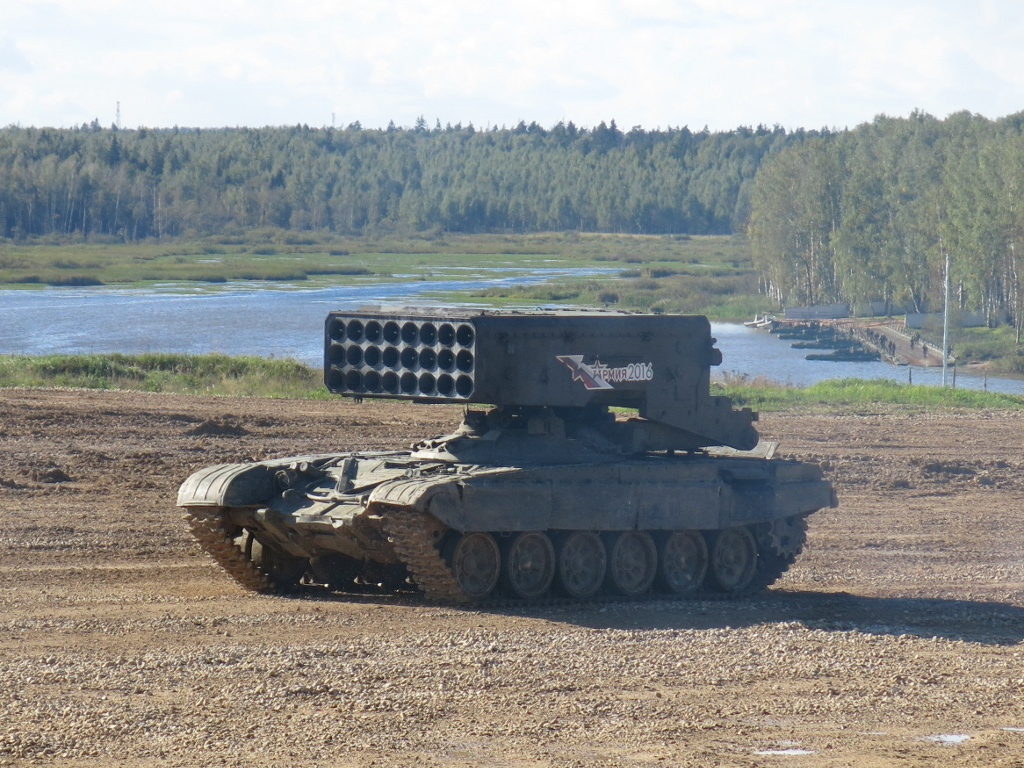
4. The Night Hunt: How Ukraine’s Rarog Regiment Destroyed the TOS-1A
The attack on the TOS-1A went down during a night patrol by Ukraine’s 427th Separate Regiment of Unmanned Systems, ‘Rarog.’ When the Russian launcher gave away its location with a shot, Rarog drone operators followed up its thermal and visual trail. FPV kamikaze drone planted the first hit, putting the vehicle out of commission, and then Vampire heavy bomber drones delivered precision payload drops that reduced the system to a charred ruin.
Video released by the regiment covered the whole sequence, showcasing the weakness of even the strongest battlefield systems when they are subjected to constant surveillance and quick drone reaction.
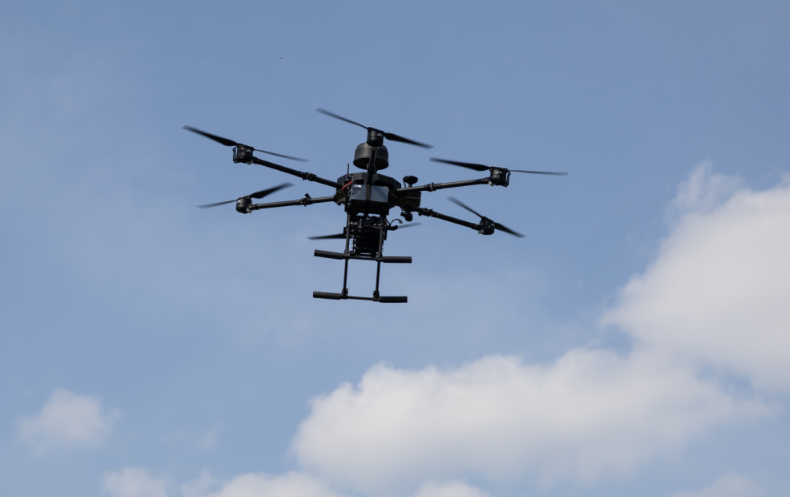
5. Vampire Drones: The ‘Baba Yaga’ of the Night Sky
Ukraine’s Vampire heavy bomber drones Russian soldiers’ nickname for them is ‘Baba Yaga’ are now synonymous with terror and innovation. Their electronic warfare resistance and immunity to small arms fire allow them to conduct day-night precision strikes. Operators describe how they bring back drones unscathed even after they were shot by bullets, their reliability making them “a formidable and effective argument in the ‘discussion’ with the occupier”.
Their psychological impact is amplified by their ability to strike at any hour, often forcing enemy troops to abandon positions or seek shelter at the mere rumor of their approach.

6. Russian Countermeasures and Escalating Losses
Russia has answered growing drone threats by increasing TOS-1A production by 250% and introducing defensive enhancements like ‘Cope Cage’ armor and Volnorez electronic warfare systems. Losses are still high despite that. To date, August 2025, open-source intelligence has visually verified the loss of 33 TOS-1A systems and 2 TOS-2s since the invasion started.
Each TOS-1A unit has a price tag of anywhere from $6.5 million to $15 million, so losing them is not only a tactical defeat but an economic and psychological blow to Russian forces as well.
7. Strategic and Legal Implications: The Future of Battlefield Dominance
The elimination of valuable assets such as the TOS-1A using drones marks a new direction in combat operations. Thermobaric weapons, though not necessarily illegal, “are susceptible to indiscriminate use, particularly in or near civilian-populated areas,” according to legal advisors.
Ukraine’s incorporation of drones within its military organization–including the establishment of a stand-alone Unmanned Systems Forces branch–is part of a larger trend. The lessons learned from these battles are already influencing doctrine within NATO and out, with alliances attempting to merge conventional firepower with unmanned ingenuity for future wars.
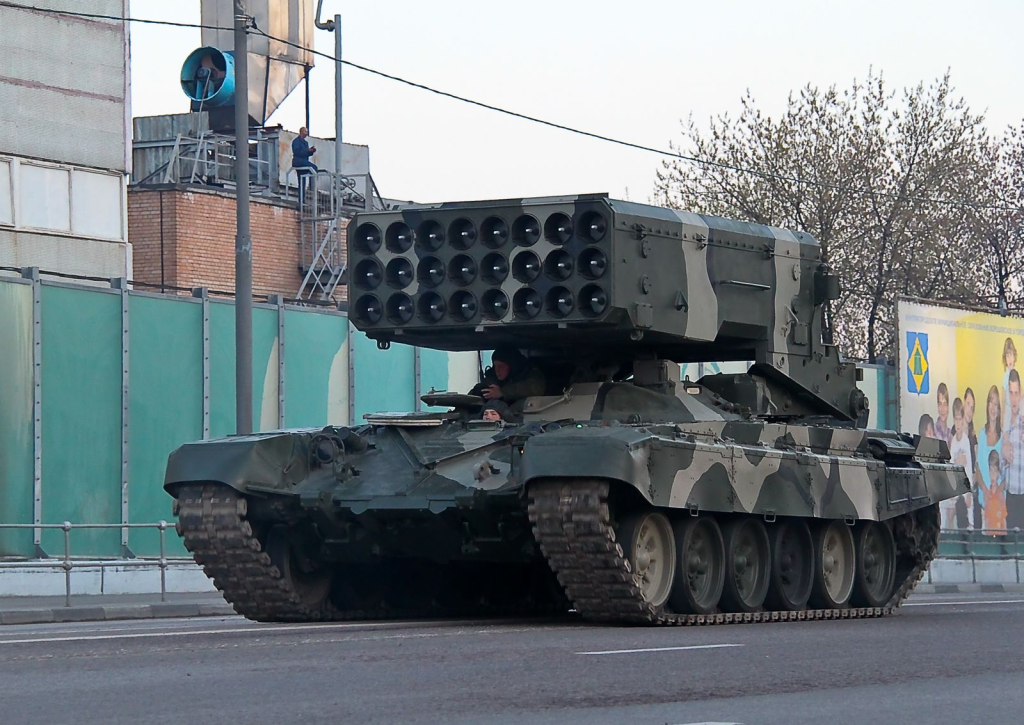
The nighttime demolition of Russia’s TOS-1A by Ukrainian drones is less a battlefield yarn it is a powerful symbol of how technology, tactics, and improvisation are remaking warfare today. As drones continue to undermine the primacy of even the most dreaded weapon systems, the battle between offense and defense becomes increasingly nuanced. For analysts and enthusiasts alike, the Ukrainian experience provides at once a warning and a template: in the conflicts of the future, agility and cleverness can be as important as armor and artillery.
